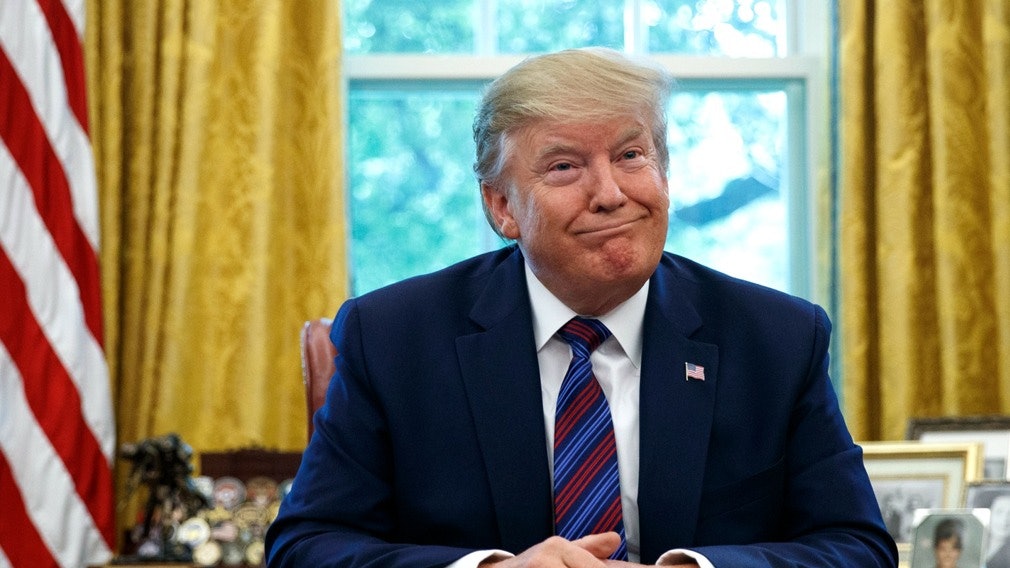US Commerce Secretary Wilbur Ross announced on August 19 that the department will extend Huawei’s “temporary universal license” for US products for another 90 days.
In May, the US Department of Commerce issued a statement that it would conditionally delay the ban on Huawei for 90 days. The reason at the time was that Huawei and its business partners needed time to upgrade the software and deal with some contractual obligations.
Unlike the last time, the US Department of Commerce continues to exempt Huawei. The United States has already stated: On August 18, the White House chief economic adviser Larry Kudlow said that the US Department of Commerce will extend the “temporary universal license” to Huawei. The certificate was for three months as a gesture of “sincerity” in the US-China trade negotiations.
One of the results of the China-US summit meeting in Osaka in June was that Trump promised to allow American companies to resume selling products to Huawei. Since then, the United States has been very active in lifting the ban on Huawei. On July 9, Ross said, “In order to fulfill the instructions made by President Trump during the G20 summit in Osaka, Japan two weeks ago, US companies will be allowed to export products to Huawei in areas that do not threaten national security.”
On July 22, Trump met with seven presidents of American high-tech companies. The White House issued a statement saying that Trump allowed US companies to resume selling high-tech products to Huawei during the meeting.
Kudlow also mentioned to reporters on July 23 that Trump and the presidents of various companies have relaxed their meetings on the Huawei procurement ban. The Trump administration will handle it in the next few weeks and expects to see results in the coming weeks.
On July 30, Ross said in an event in Brazil that the Trump administration may decide on a company that has applied to sell concessions to Huawei before next week. Ross also said that the Ministry of Commerce has received more than 50 applications. Ross expects more companies to apply, so he intends to deal with it.
However, with the twists and turns in China-US trade negotiations, the United States has also seen some changes in its attitude toward Huawei.
Trump announced on August 1 that he would impose tariffs on China’s $300 billion in goods. The Chinese immediately announced the suspension of the purchase of US agricultural products on August 6. On August 7, the White House made further action, announcing that it would ban US federal government agencies from directly purchasing communications, video surveillance or service equipment from Chinese companies such as Huawei, ZTE, and Hikvision from August 13. This is the first time that the US Department of Commerce has included Huawei and its subsidiaries in the “list of entities.”
Trump met with reporters at the White House on August 9. He said that the US government will not issue licenses to Huawei companies for sales to Huawei. Trump said on the evening of August 18 that even if the US government is considering extending the licensing grace period for Huawei, he does not want the United States to conduct business with Huawei. “Huawei is a company that we may not do business with. “
However, in Beijing, when it suspends US agricultural product purchases and turns a blind eye to the US postponement of tariffs on August 13, Trump did not issue a permit and did not do business with Huawei as he said before. Instead, they chose to extend the Huawei exemption order – which is considered to continue to show goodwill to Beijing, and it is also a well-packaged method.
The United States seems to be showing good to China. In fact, exempting Huawei is a response to domestic enterprises. Since May, many companies have actively lobbied that even without Trump’s commitment at the Osaka Special Olympics, the US government will exempt some of Huawei’s imports. What’s more, what Beijing wants is for the United States to lift the ban on Huawei instead of simply extending the waiver. The Trump administration gave a temporary exemption order and could not completely solve the problem. This kind of indication did not satisfy Beijing’s demands.
On the other hand, Trump at Osaka’s Xi’an promised not to impose new tariffs. However, on August 1st, Trump turned his face and did not recognize people. Although the White House postponed the tariffs on some Chinese products on August 13, this is not a good indication to Beijing, but a continuation of “taking two steps and taking a step back”. Provocation is still the act of tearing up the consensus of the Osaka Ute.
Rather than saying that this is good for China, it is better to say that Trump can’t bear the passiveness of the trade negotiations that can’t get rid of the deadlock. The United States hopes to continue negotiations and is still playing with it.
There are three main points of consensus in the Osaka Special Economics Association: no new tariffs are imposed, US companies are allowed to sell products to Huawei, and China purchases US agricultural products. Now Trump violates the tariff commitments and cannot fulfill the promise of Huawei. It is naturally impossible for Beijing to restore the purchase of agricultural products to the point where Trump is satisfied.
The dilemma facing China and the United States is that it is unable to fulfill the consensus of the Osaka Special Economic Conference. At the same time, it is also impossible for the trade war to end in a short period of time. Both China and the United States have both real-world negotiating differences and complex domestic public opinion collisions. Today, China-US confrontation has extended to different areas outside of trade, and is even evolving into a comprehensive confrontation between political ecology and social sentiment. Therefore, although the current China-US conflict begins with trade disputes, it does not finally lead to trade consensus.












